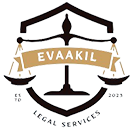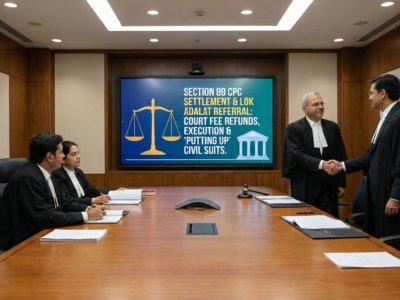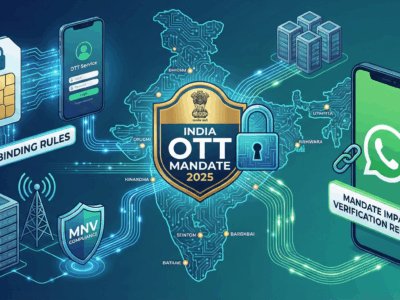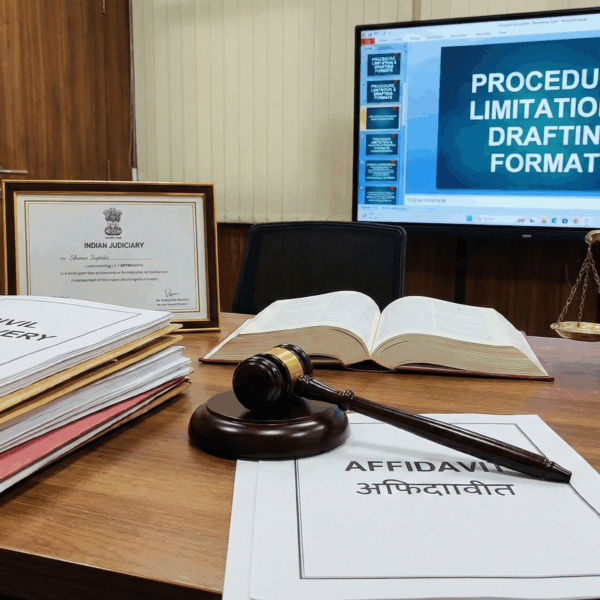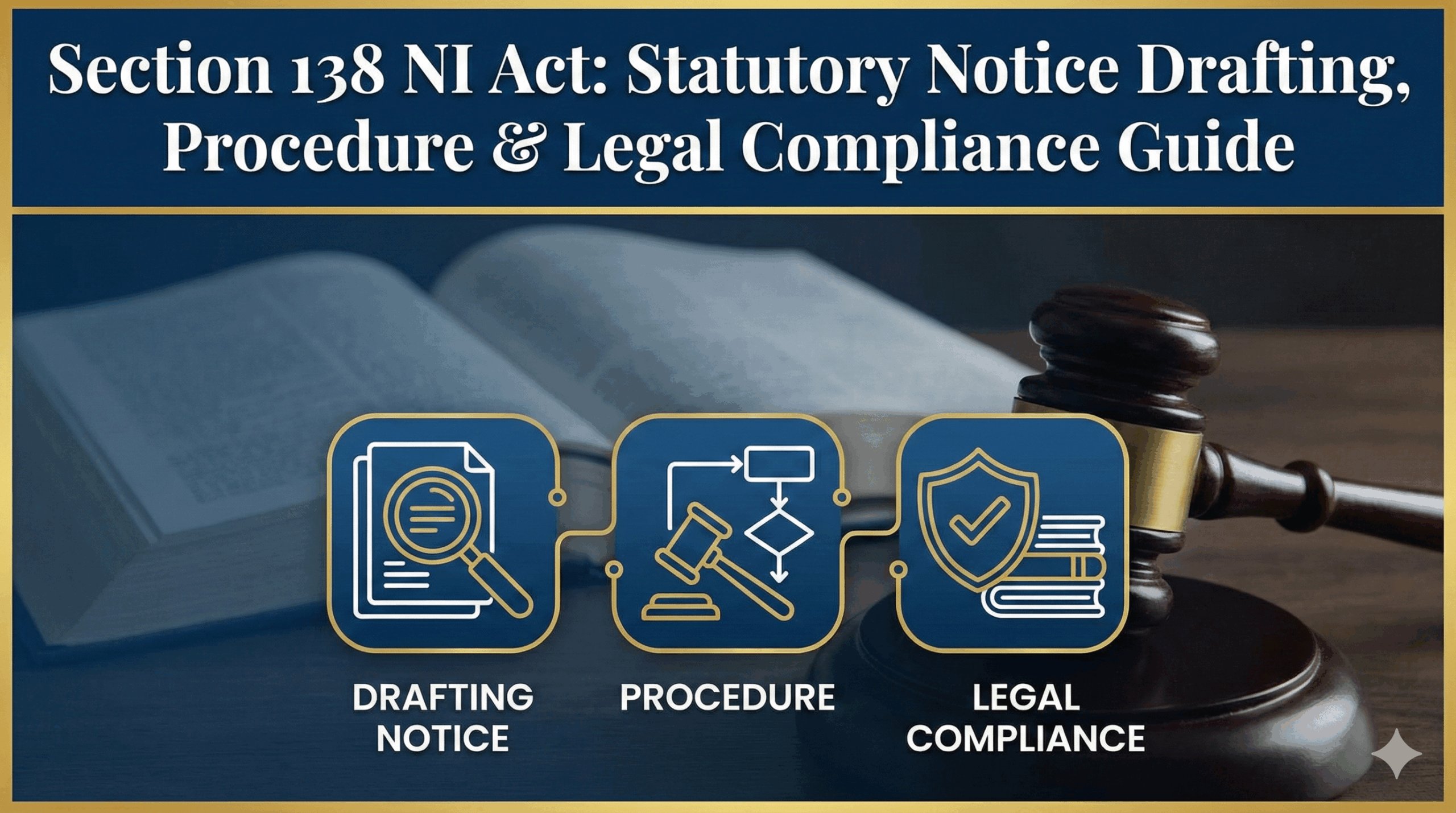Driving on India’s highways during a monsoon downpour or through an early winter morning in Kolkata, you flip the switch for your fog lamps, cutting through the haze. They feel like a crucial safety feature. But could this simple act land you a heavy fine? The question of whether fog lamps are illegal in India is a source of constant confusion for car and bike owners. With conflicting advice online and aggressive enforcement drives by RTOs, it’s hard to know where you stand—especially with aftermarket lights.
This definitive eVaakil.com guide for 2025 cuts through the legal fog. We’ll break down the Motor Vehicles Act, CMVR lighting rules, crucial Supreme Court judgments, and the all-important ARAI standards to give you a clear, actionable answer on how to stay safe and legal on Indian roads.
eVaakil.com
Fog Lamp Legality Guide

Navigating the Legal Haze
Are your fog lamps a critical safety feature or an illegal alteration inviting fines? We dissect India's complex vehicle laws to give you a clear, actionable answer.
The Funnel of Law: How Rules are Made
Understanding fog lamp legality requires knowing the three-tiered legal structure, moving from broad laws to hyper-specific technical standards.
Motor Vehicles Act, 1988
The parent law governing all vehicles. Section 52 on 'Alterations' is the key battleground for aftermarket parts, as interpreted by the Supreme Court.
Central Motor Vehicles Rules, 1989
Translates the Act into specific rules like Rule 108 (prohibiting illegal colors) and Rule 124 (mandating compliance with AIS technical standards).
Automotive Industry Standards (AIS)
The ultimate authority. Documents like AIS-008, AIS-009 & AIS-012 provide the exact technical specs for placement, performance (Class 'B' vs 'F3'), and color, confirming fog lamps as an "optional but regulated" item.
Why The Confusion? The "Vague-to-Specific" Problem
The MVA and CMVR—the most accessible laws—don't explicitly mention "fog lamps." This leads many to believe no rules exist. However, the law operates through a funnel: CMVR Rule 124 legally empowers the highly technical AIS documents, where the precise, enforceable rules for fog lamps are hidden in plain sight.
The Judge's Gavel: How Court Rulings Shape Enforcement
2013: Supreme Court on Beacon Lights
Case: Abhay Singh vs. State of U.P.
While targeting illegal VIP beacons, this judgment set a powerful precedent. The court condemned unauthorized lights as a public menace and an affront to equality. This empowered all enforcement agencies to take a hard-line stance against any non-standard lighting that causes glare or nuisance.
2019: Supreme Court's Edict on Modifications
Interpreting Section 52 of MVA
This landmark ruling is the biggest hurdle for aftermarket parts. The court held that "no vehicle can be altered so as to change original specification made by manufacturer." This means adding fog lamps to a vehicle variant sold without them is technically an illegal alteration, creating a direct conflict with AIS standards that list them as "optional."
2021-Present: Kerala High Court Enforcement Drives
Suo Motu Cognizance
Frustrated with lax enforcement, the Kerala HC has repeatedly ordered strict crackdowns on all illegal modifications, including lights. It ruled that vehicles with lights violating AIS-008 cannot be deemed compliant, directing RTOs to suspend their registration. This shows how regional judicial activism can lead to much stricter enforcement in certain states.
The Quick Compliance Guide
What's Legal (The "Do's")
- ✓Color: Use only White or Selective-Yellow (Amber).
- ✓Placement: MUST be mounted below the main headlamps.
- ✓Usage: Only in fog, heavy rain, or snow.
- ✓Certification: Aftermarket lamps MUST have ARAI certification.
What's Illegal (The "Don'ts")
- ✗Color: Never use Blue, Red, Green, or any other color.
- ✗Placement: Never mount at or above headlight level.
- ✗Beam: No flashing, strobing, or oscillating lights.
- ✗Usage: Never use in clear weather conditions.
A Deeper Dive into the Rules
Color: Why White or Yellow?
The rule permitting only white or selective-yellow (amber) light is based on physics and safety. These colors are specified in AIS standards with precise chromaticity coordinates. Yellow light has a longer wavelength, which is argued to scatter less in fog droplets, reducing glare and improving definition. Blue, red, or green lights are explicitly illegal for front-facing general illumination under CMVR 108 as they can be mistaken for emergency vehicles or traffic signals, causing dangerous confusion.
Placement: The Science of "Below the Headlights"
The mandate to mount fog lamps below the main headlamps is codified in installation standards like AIS-008 and AIS-009. This isn't arbitrary; it's functional. Fog typically hovers a few feet above the ground. A low-mounted beam cuts underneath the fog bank, illuminating the road surface directly. A high-mounted beam would shine directly into the fog, reflecting light back at the driver (a phenomenon called "backscatter"), which severely impairs vision rather than improving it.
Certification: The ARAI Mandate
This is the most critical and overlooked rule for aftermarket parts. An uncertified lamp is illegal from the moment of purchase. The ARAI certification proves the lamp complies with AIS-012 (for cars) or AIS-010 (for bikes). This includes photometric tests (ensuring the beam pattern is correct and not dazzling), colorimetric tests, and durability tests. Without this certification mark on the lamp, an owner has no legal defense, as the component itself is non-compliant with the law mandated by CMVR 124.
OEM vs. Aftermarket: The Great Divide
| Feature | Factory-Fitted (OEM) | Aftermarket Lamps |
|---|---|---|
| Legal Status | Unequivocally Legal | Precarious Legal Grey Area |
| Approval | Covered by vehicle's 'Type Approval' certificate. | Considered an 'alteration' under Sec 52, MVA, per the Supreme Court. Requires RTO approval in theory. |
| Certification | Guaranteed to meet all AIS standards. | Only legal if the lamp itself has ARAI certification. Burden of proof is on the owner. |
| Risk | Zero legal risk if used correctly. | High risk of fines, impoundment, and insurance claim denial, even if technically compliant. |
The Legal Contradiction
The core issue is a conflict in the law. AIS standards call fog lamps "optional," implying they can be added. However, the Supreme Court's reading of MVA Section 52 says you cannot alter the "original specification" of your vehicle's variant. Adding lamps to a base model that didn't have them is a direct violation of this ruling, creating a legal minefield for owners.
Interactive Legality Checklist
Check your fog lamps against the rules and see your potential legal risk.
Your Lamps Appear Compliant!
Keep all checks green to stay on the right side of the law.
The Cost of Non-Compliance
Fines are just the beginning. Illegal lights can lead to severe consequences. Hover over the bars for details.
Beyond Fines: The Hidden Consequences
- Compounding Fines: Courts (e.g., Kerala HC) have suggested fines of ₹5,000 *per illegal alteration*, meaning multiple non-compliant items can lead to massive penalties.
- RC Suspension/Cancellation: The most severe penalty, rendering your vehicle illegal to use on any road.
- Insurance Claim Denial: An illegal modification is a material breach of your policy. In an accident, your insurer can legally refuse to pay your claim, leaving you liable for all damages.
eVaakil.com's Final Legal Opinion
The legality of aftermarket fog lamps hinges on the "Triple Compliance Framework." Failure on any single point renders the fitment illegal and exposes you to significant risk. To be defensible, you must satisfy all three conditions:
-
1
Component Compliance: The lamp unit itself MUST be certified by ARAI as conforming to AIS standards. No certification means it's illegal from the start.
-
2
Installation Compliance: The certified lamp must be installed correctly per AIS rules (color, placement below headlights, steady beam).
-
3
Usage Compliance: The lamps must only be operated in genuine conditions of poor visibility (fog, heavy rain). Use in clear weather is a punishable offense.
Actionable Recommendations
For Vehicle Owners:
- Prioritize ARAI-certified products. Ask for proof from the seller.
- Ensure professional installation that adheres strictly to placement rules.
- Never use fog lamps in clear weather.
- Keep documentation (product box, receipt) as potential proof of compliance.
For Industry & Retailers:
- Only sell lighting products that are fully certified by ARAI.
- Proactively educate installers and customers on legal requirements.
- Clearly label products with their certification status and intended use.
